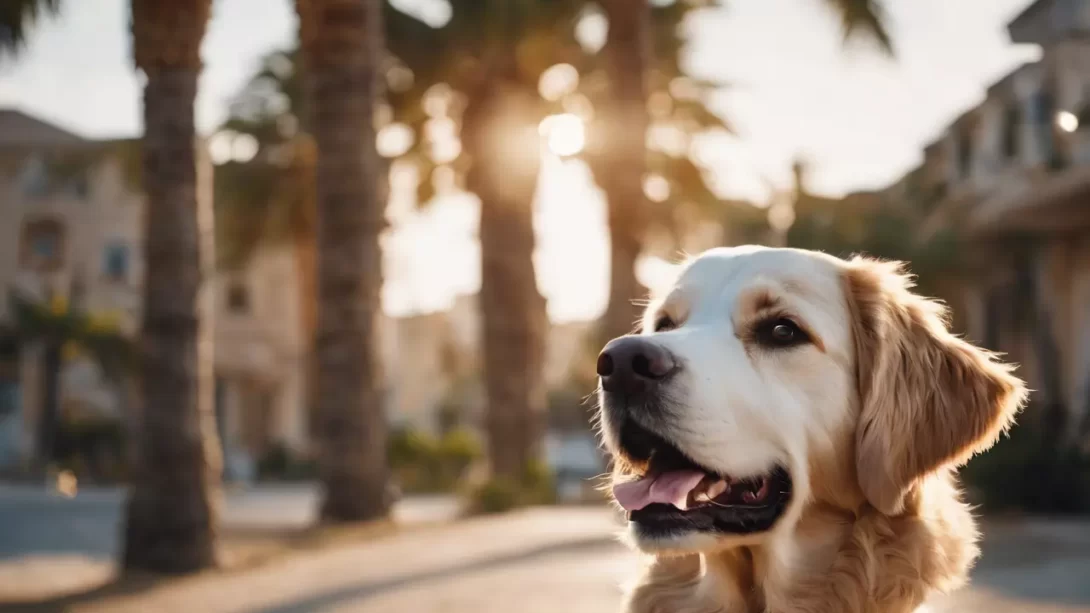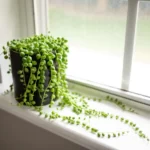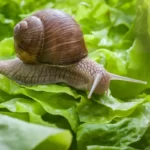Palm trees, with their distinctive, feather-like fronds, are a popular choice in many landscapes for their tropical allure. They are often found in gardens, parks, and public spaces, making them a common sight for both humans and their canine companions. However, for dog owners, the safety of these elegant plants is a crucial concern. Not all palm trees are safe for pets, and it’s essential to know which varieties pose a risk to dogs. This article aims to provide a detailed guide on the toxicity of different palm species to ensure the well-being of your furry friends.
Types of Palm Trees: Safe and Toxic Varieties
There’s a wide variety of palm trees, and their safety for dogs varies significantly. Among the numerous species, some palms are completely harmless, while others contain toxins that can be dangerous to pets. For instance, the Sago Palm (Cycas revoluta), not a true palm but often grouped with them, is highly toxic to dogs. Other potentially harmful species include the Cardboard Palm (Zamia furfuracea) and the Betel Nut Palm (Areca catechu). On the other hand, true palms like the Majesty Palm (Ravenea rivularis) and the Parlor Palm (Chamaedorea elegans) are generally considered safe for dogs. It’s crucial for pet owners to identify the specific type of palm tree in their environment to ensure their pets’ safety.
Recognizing Toxic Palm Trees
Identifying toxic palm species is vital for protecting dogs. The Sago Palm, for instance, is characterized by its feathery fronds and a rough, shaggy trunk. Its seeds and nuts are the most toxic parts, but the entire plant is harmful if ingested. The Cardboard Palm has stiff, olive-green leaves and can be recognized by its thick, fleshy trunk, which stores water. In contrast, the Betel Nut Palm, often used as an ornamental plant, features a slender trunk and yellow flowers. Familiarity with these visual cues can help dog owners distinguish between safe and dangerous palms. It’s advisable to consult with a local nursery or a gardening expert if you are unsure about the type of palm tree in your vicinity.
Symptoms of Palm Poisoning in Dogs
When a dog ingests part of a toxic palm tree, the symptoms can range from mild to severe, depending on the amount consumed and the specific type of palm. Common signs of palm poisoning include vomiting, diarrhea, lethargy, and in more severe cases, neurological symptoms like seizures. The Sago Palm, in particular, is known for causing liver failure in dogs, which can be indicated by jaundice (a yellowing of the skin and eyes). It’s critical for dog owners to monitor their pets closely and seek immediate veterinary care if they suspect that their dog has ingested a toxic palm. Early intervention can be crucial in managing the effects of palm poisoning.
Safe Palm Tree Choices for Dog Owners
For dog owners looking to landscape their gardens without compromising their pets’ safety, there are several non-toxic palm options. The Majesty Palm and the Parlor Palm, for example, are popular choices that pose no known risks to dogs. Other safe varieties include the Areca Palm (Dypsis lutescens) and the Ponytail Palm (Beaucarnea recurvata), which is technically a succulent but often categorized with palms. When selecting palms for your garden or home, it’s best to research each species or consult with a professional to ensure they are dog-friendly.
Prevention and Safety Measures
Preventative measures are key to ensuring the safety of dogs around palm trees. If you have toxic palms in your garden, consider fencing them off or using physical barriers to prevent access. Training dogs to avoid certain areas or plants can also be effective, though supervision is always recommended. Regularly inspecting your garden for fallen seeds, nuts, or fronds from toxic palms is important, as these can be enticing for dogs to chew on. For those planning to introduce new plants into their environment, it’s advisable to conduct thorough research or seek guidance from a vet or a professional gardener to choose pet-safe options.
What to Do If Your Dog Ingests a Toxic Palm
If you suspect your dog has ingested part of a toxic palm tree, immediate action is crucial. First, remove any remaining plant material from your dog’s mouth and keep a sample of the plant, if possible, for identification. Then, contact your veterinarian or a pet poison control center immediately, as prompt veterinary care can make a significant difference in the outcome. Do not induce vomiting unless specifically instructed by a professional, as this can sometimes cause more harm. Be ready to provide your vet with information about the plant ingested, the amount, and the timing, as well as any symptoms your dog is exhibiting.
Conclusion
Understanding the potential risks palm trees pose to dogs is essential for pet owners. While some palms are safe, others can be highly toxic, leading to serious health complications. By recognizing toxic varieties, observing safety measures, and knowing what to do in case of ingestion, dog owners can help ensure the safety and well-being of their furry companions. Responsible plant choices and vigilant pet supervision in landscaped areas are key steps in creating a pet-friendly environment. Remember, when in doubt about the safety of a particular palm tree or any other plant, consulting with a professional is always the best course of action. With the right knowledge and precautions, both your pets and your palm trees can coexist harmoniously in your home and garden.



